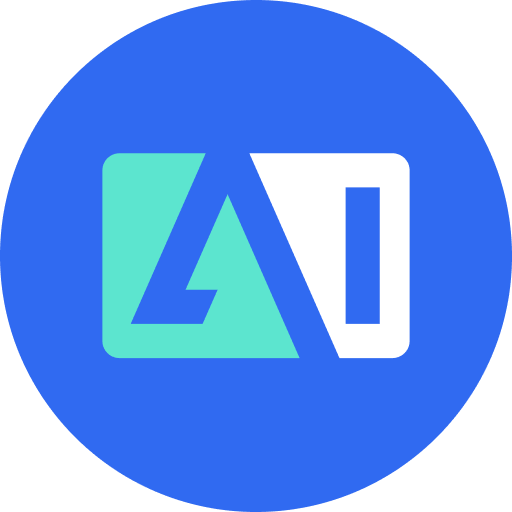The design software market is experiencing a quiet but intense earthquake. On October 31, 2025, Canva officially launched the upgraded Affinity application V1.0 version — this professional-level design tool, acquired by Canva in 2024, is now completely free for users around the world. The three core functions of vector drawing, image processing, and typesetting, which once required payment, are now seamlessly integrated into a single platform. No need to switch applications or obtain additional licenses — with just a Canva account, you can enjoy professional capabilities comparable to Adobe Creative Cloud.
The new version adopts an innovative modular architecture. After launching the software, users only need to select the "Vector," "Image," or "Typesetting" mode, and the system will immediately load the corresponding working environment. More importantly, different modes achieve real collaboration: graphics drawn in Designer can be directly embedded into Photo for color correction, and when generating multi-page layouts in Publisher, high-resolution materials can be called in real time. All operations are driven by the same high-performance engine, with millisecond switching and zero file export delay, significantly compressing the creative process. Whether it's a freelance designer handling brand VI or a student creating a course poster, efficiency has improved significantly.
On the technical side, Affinity V1.0 does not compromise due to being free. It retains full native support for RAW format, non-destructive editing, advanced layer blending modes, and precise Bezier curve control, with performance ranking among the industry's top tier. Windows, macOS, and iPad platforms are all available simultaneously. Existing users can still migrate smoothly with their original license, and their rights remain unaffected.
What truly sparked industry attention is Canva's business model restructuring. The basic version is completely free, covering 90% of daily design scenarios; while Canva Pro members can unlock Magic Studio series AI technologies — including generative fill, intelligent background removal, and text-to-image generation, which have been tested to increase creative speed by over 40%. More cleverly, the Affinity project can be synchronized to Canva cloud with one click, enabling team collaboration, version management, and cross-device editing, forming a closed-loop ecosystem of "professional creation + lightweight collaboration." Developers emphasized that all AI features can be manually turned off, respecting professional users' operating habits and data privacy.
This move directly targets Adobe's long-standing subscription-based weakness. Creative Cloud annual fees can reach hundreds of dollars, while Affinity's free version already meets most professional needs. According to estimates, Canva not only compensates for its shortcomings in the high-end design field through this move, but also brings Affinity's existing 3 million loyal users into its massive 175 million user ecosystem, with a potential conversion rate exceeding 30%. For small and medium enterprises, educational institutions, and independent creators, this means professional tools that were once out of reach are now within reach.
Of course, challenges still exist. Some users are concerned about data security in cloud collaboration, but Canva has clearly committed to following international privacy standards such as GDPR, and has alleviated concerns through a local-first architecture. Looking ahead, V1.0 is just the beginning — the built-in collaboration API will support real-time multi-user editing, and the Leonardo AI technology acquired in 2024 will be gradually integrated, improving the quality of artistic generation. By 2026, Affinity is expected to evolve into a "creative operating system" connecting vector, 3D, and even video.
